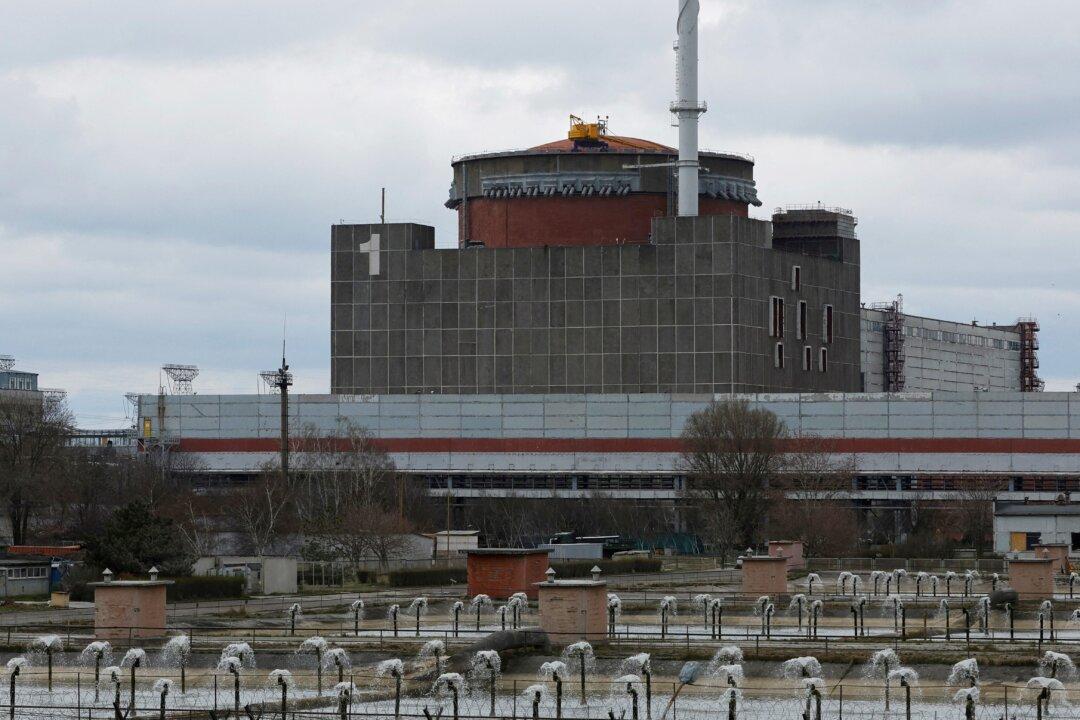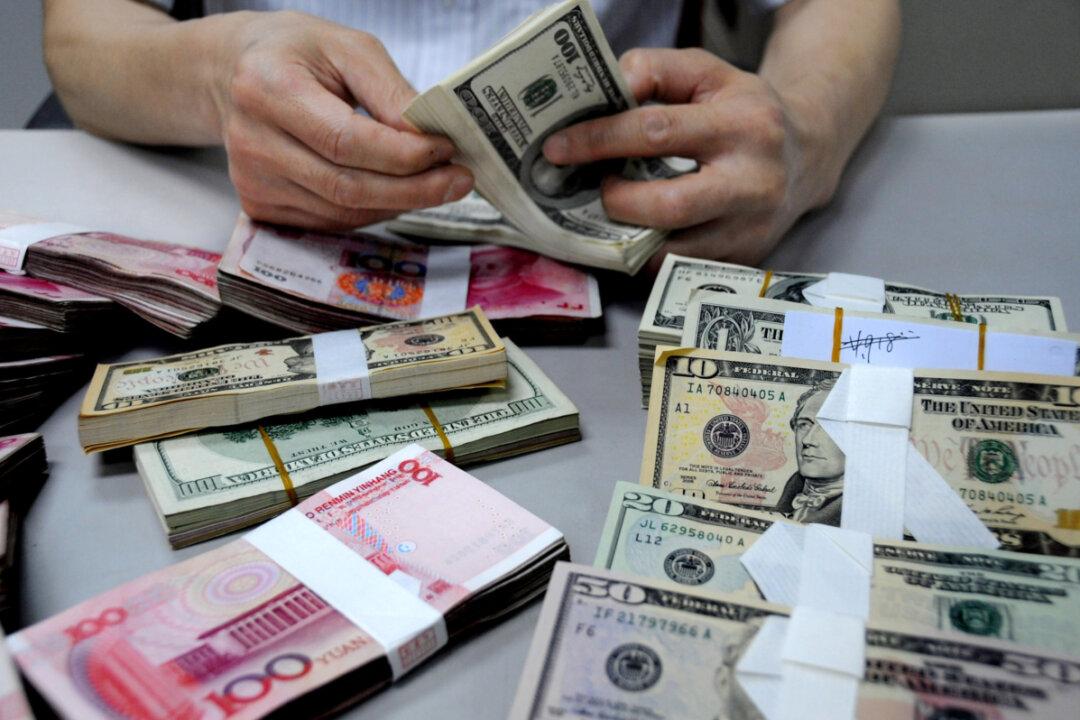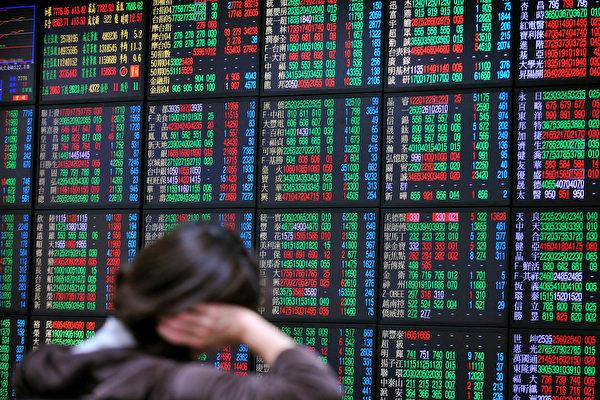One of the fastest recovering economies in the pandemic, Vietnam’s export growth is pulling away from Shenzhen, China, for a third year, after surpassing it for the first time in 2020.
According to data released on April 8 by Vietnam’s bureau of statistics, the country’s total export value for the first quarter of 2022 rose almost 13 percent to $88.58 billion, indicating Vietnam’s upward trend in exports.





